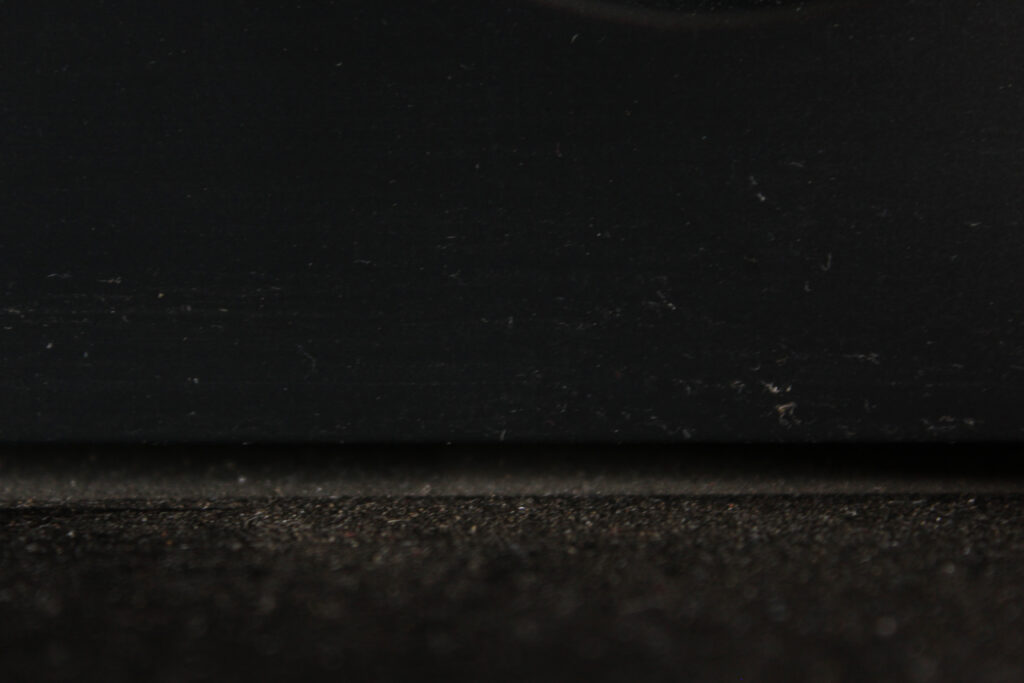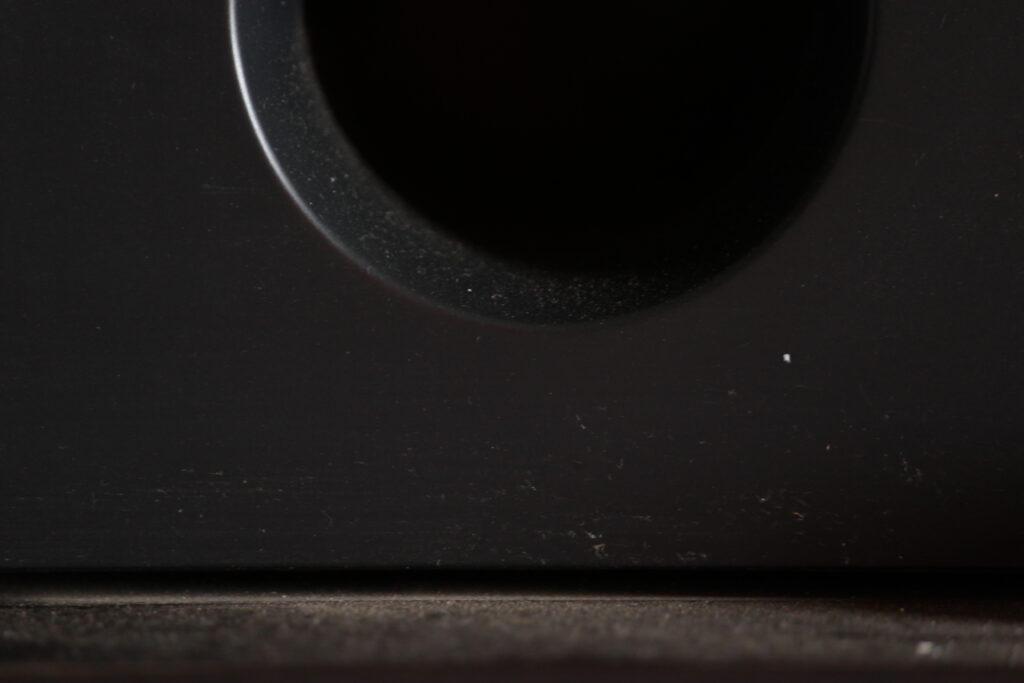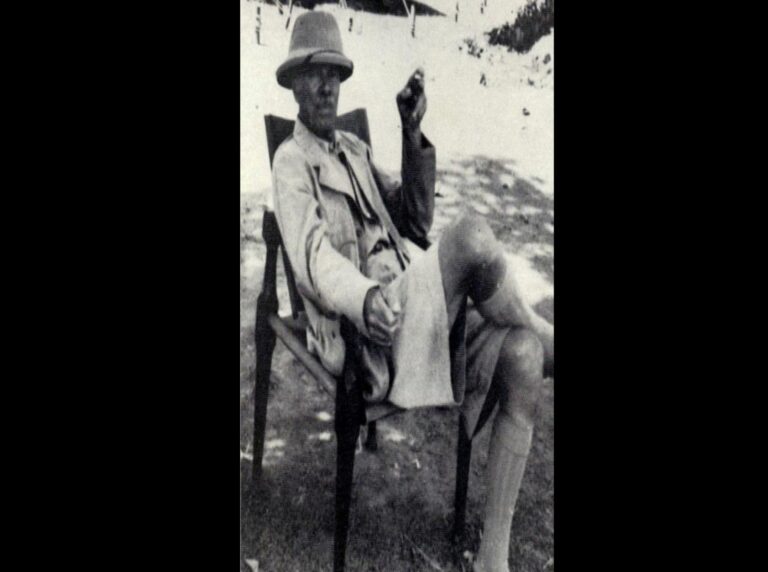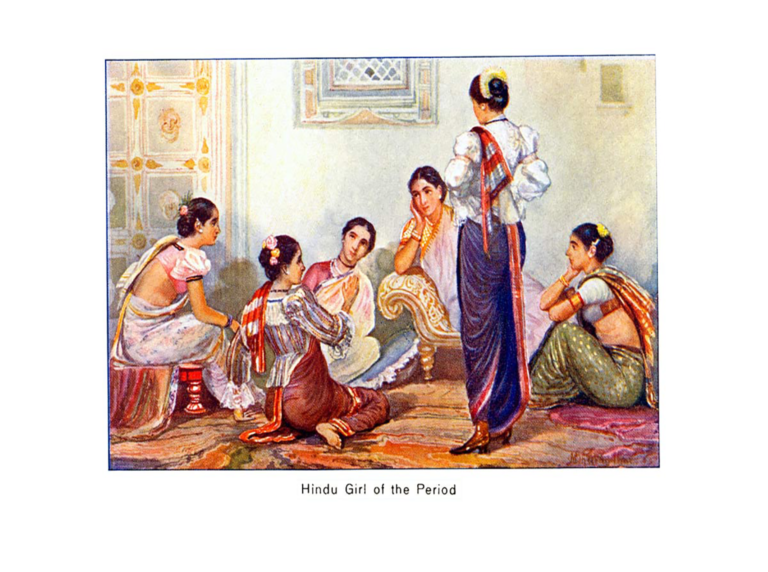Sayali Mundye
‘Health is defined as mental and physical well being’, by the World Health Organisation(WHO). However, we rarely acknowledge the prior.
Amidst dealing with a major health crisis, we forget what encompasses health. The individual is exhausted by efforts taken attempting to make sense of the global crisis and by their daily tasks while consistently resisting stifling systems. They are left struggling with dysphoria: a state of feeling uneasy, unwell or unhappy. This disconnect from self, society, the physical space they are inhabiting has gradually become discernible over the last eight months. Art is reflective of the individual’s state, especially in chaotic times flitting between disarray and hope.
In an era of political turmoil, strife with systemic issues, economic crisis and physical distancing let us situate the state of the individual in a pandemic through art. Covid-19 affected our social fabric entirely, including art’s pivot to a largely digital space, its production and consumption. Here is an attempt to look at a part of our condition through art produced by seven Indian artists (Ankit Ravani, Chetnaa, Nidhi Khurana, Pallavi Paul, Pavan Kavitkar, Salik Ansari and Sameer Kulavoor) in times of disorder. Across three sections, State of Mind: Between Dysphoria and Hope in Crisis looks at our perception of self, our functioning in relationship to the spaces we inhabit and our resilience.
Sense of Self
In this section, we situate the individual self in relationship to the city with Kulavoor, explore the tendency of returning to essentials with Chetnaa and deal with the resultant residual feelings in Khurana. The state or city imposed containment measures, the length and degree of quarantine furthers this feeling of isolation. These along with misinformation, data overload, fear due to lack of control result in stress and anxiety which are normal reactions to a threatening situation. Mental health reports and surveys substantiate these with responses of people tend to be running short of patience, have been experiencing anger, frustration and sleep deprivation.
Sameer Kulavoor’s work is observational and representational. Psychosomatic drawings are a sum of the exhaustion from information overload, data skewing and the reliance on technology. The human body is fraught with a barrage of emotions with barely any space or time to soothe themselves to sleep resulting in stress induced sleep deprivation. Discomfort has the artist playing around with the basic shape of the house, dissolving corners, morphing the sides thus transferring the unsettling feeling. Dysfunctional series deals with the disconnect of our own warped sense of space within our homes and how we look at them as we ourselves are confined to one. Discomfort and Dysfunctional works led to the development of The Migrants Have Left.
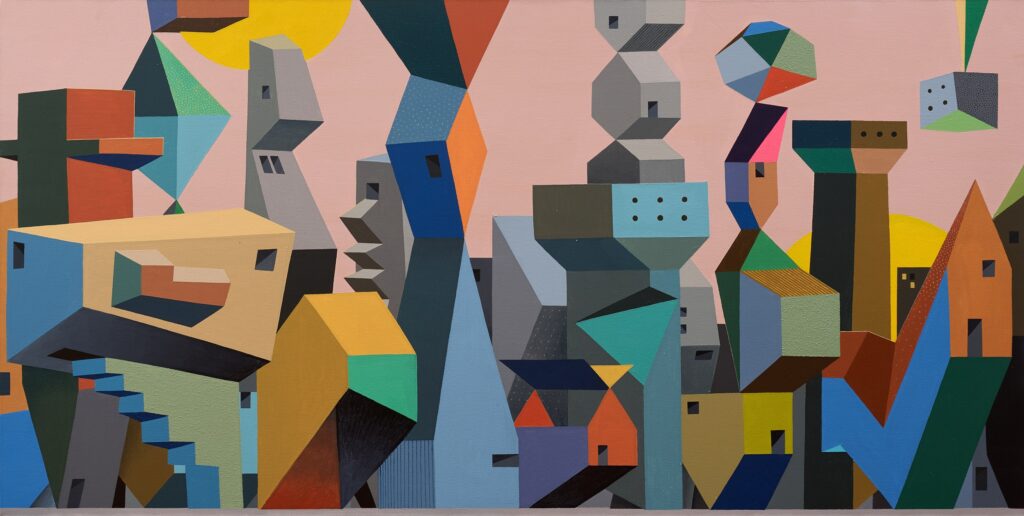
Sameer Kulavoor, The Migrants Have Left, 2020, Acrylic on canvas, 36 x 72 in.
Sameer captures the everyday observations in and around the city. As the country abruptly went into lockdown overnight, the absence of people became physically evident. The city was as empty as seen in The Migrants Have Left. The prevailing silence in the Bombay gullies(Mumbai streets) was palpable when one stepped outside for errands. Along with the physical absence came the loss of helping each other as a community. This was followed by the migrant crisis which affected the functioning of the city. The instant cutoff was felt severely on this city running on migrant workers. The state missed the data, the city was missing a vital part of its social system.
Nidhi Khurana works with naturally dyed textiles that she creates herself, from the pale green yellow of onion peels to fabrics dyed crimson with Cochineal bugs from Mexico. As an artist she is conscious about the waste generated she keeps reusing all the fabrics, even the little cut corners from earlier projects stored in cloth bags. Six months into this lockdown, like everyone, the artist was left with these difficult to deal with feelings. Sitting around with the fabrics and emotions, identifying dyed pieces and stitching them onto denim fabric. Determined to use nothing new, with the emphasis on process, the act of stitching repetitively in her studio Khurana made Residue.
Chetnaa’s geometric abstractions translate the city’s architecture and landscapes into schematic lines on paper. Inspired by the works of Zarina Hashmi and Nasreen Mohameedi, her works have a minimalist aesthetic. In Noir Et Blanc, Chetnaa advanced towards a fundamental, elemental form. Moving away from her earlier maps, she deconstructs space into arrangements of black and white forms. They started out as postcards from home repeating shapes and dissecting patterns. Struggling with creativity in the lockdown-a shared sentiment globally, the formal black pen and ink drawings mimic a return to essence.
Alienation of the familiar
Delving into the restricted spaces we occupy in public and private, the resultant disorientation is presented by watercolours of Kavitkar and videos by Ansari. The individual during the pandemic is dislodged by the ‘new normal’. Encumbered with multiple uncertainties we fail to realise the impact plied onto us with the seemingly tiny changes in our daily tasks. These new everyday items, tasks, social conduct, are alienating as we need to immediately replace them with new behaviours. Alienation of the familiar deals with the rift between multiple segments: safe-unsafe space, nature-manmade, public-authority and play-politics.
Pavan Kavitkar renders details of foliage and trees in miniature style along with nominal architectural forms creating a dialogue about nature and human contact. In both artworks the clean maze like structure is superimposed on still water and green land. It plays an illusion of a possible escape. In Isolated space 2 and 4 the water’s stillness alluding to slowness of being trapped in time. Evident and symbolic representations of technological addiction, imposing power over nature and the prevailing sense of dysphoria becomes apparent.
Artist and designer Salik Ansari designed objects subverting the problematic dynamics between people and the state. Home Barricades 1 is from the artist’s observations over the past months barricades as a tool to block paths, divide and differentiate especially in protests. Home Barricades 2 loops between journey and confinement. Based on the average time taken for a fast passenger train in India to cross without stopping. Home is popularly associated with feelings of comfort and warmth, Home Barricades 5 deals with the converse. A significant number of the population due to the immediate lockdown got stuck in abusive homes or even the sheer months of isolation result in feelings of entrapment. Salik elaborates:
‘‘Home Barricades is inspired by layers of experiences and stories, it’s personal and social both. Where does one go when the journey itself is a barricade to the destination?’’
Tethers
Despite the disconnect from ourselves and the world, we constantly attempt to make sense of our surroundings and how to deal with them. The search for sanity is permanent. Digital photographs by Ravani and collected sound recordings by Paul showcase our tethers to hope, a reflection of human resilience in the personal and political.
- Ankit Ravani, 701/5A series, Untitled, 2020, Digital photograph.
- Ankit Ravani, 701/5A series, Untitled, 2020, Digital photograph.
Ankit Ravani’s works are often ephemeral in nature, working with the material to tease out the ‘vulnerable’ aspect. His practice is reactionary, subject either to the place at the given time-process of framing a shot or the object-repairing the material. In the 701/5A series, he is addressing the past as a way of dealing with the present situation. The neglect in a domestic space highlights the absence of a person. While addressing personal memories of loss, he returned home to find new broken horizons in derelict spaces.

Ankit Ravani, 701/5A series, Untitled, 2020, Digitally stitched photograph.
Share Your Quiet is a 10 week long collaborative project (started in March 2020) between artist Pallavi Paul and Sunaparanta Goa Centre for the Arts. Recordings were collected from various parts of the world and each week compiled into a symphony. In an era of authoritarian rule, a post 89 capitalist world, riddled with widespread misinformation, data overload she says all that remains is noise. Pallavi turns towards 10 second silences shared globally, posing the following questions via her project as an hopeful alternative:
‘‘Can quietude harness something outside overdetermined and hyper-regulated imaginations of contemporary life? Can the sharing and listening of “quietude” can be a space of care and resistance?’’
All around the world, governments have recognised the adverse effect of the pandemic on their citizen’s health. The major burden of a psychological crisis intervention (especially for the marginalised and isolated) lies with the state. During such times apart from the state, it is also important we start acknowledging the underlying mental health crisis so that support can be provided at several stages and start inculcating a culture of care.
How do we as humans cope with such significant pressures that are social, emotional and structural?
Resilience is dependent on several factors like access to health care, jobs, past experiences, socioeconomic security, living conditions and more. Enhancing mental resilience needs to be implemented across structures. Art is one of the many effective devices.
When the future seems like a fallacy we have art creating discourse to challenge, think and ponder. In a world riddled with dysphoria, it is difficult but necessary to dream. In a fractured system, Art in the 2020 digital hub divulges these parallels of resistance, information dissemination and dreams while providing a space for connection, reflection, action and hope.
Mental Health Services Resource List
If you or someone you know is struggling with their mental health, here is a list of resources to begin with:
- Call based services(India): iCALL – a dedicated mental health helpline. Queer friendly health services by Varta.
- Web browser based resources: The Quiet Place Project – to clear your head, You Feel Like Shit – an interactive self care guide and Sound Drown – ambient sound resource.
- Mobile Applications: Recommended by Tata Institute of Social Sciences.
- For services specific to Covid-19(India): Call someone from this state-wise list of volunteers from Indian Association of Clinical Psychologists or from Association of Psychiatric Social Work Professionals. For support in Marathi/Hindi/English: Samvaad.
Acknowledgements
Artwork copyright & courtesy of artists: Ankit Ravani, Chetnaa, Nidhi Khurana, Pavan Kavitkar, Salik Ansari and Sameer Kulavoor.
Collaborators: Home Barricades by Salik Ansari | In collaboration with architect Adnan Kazmi.
Share Your Quiet by Pallavi Paul | Copyright, ownership & courtesy of Sunaparanta, Goa Centre for the Arts.
A big thank you to Dr. Madhuvanti Ghose, Dr. Vandana, Stuti and team AIIS for their continuous support and encouragement.
Any content is not to be reproduced without prior consent and permissions.

